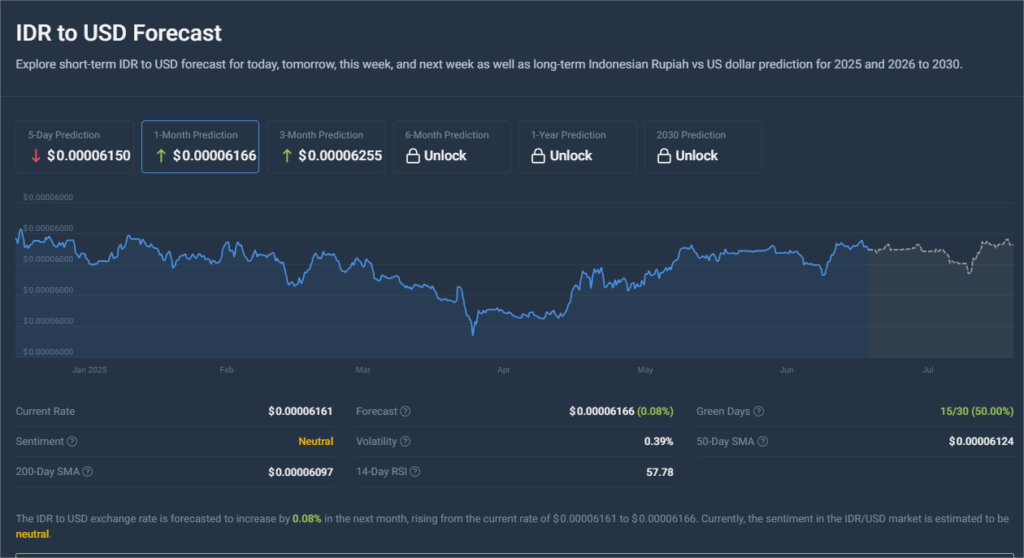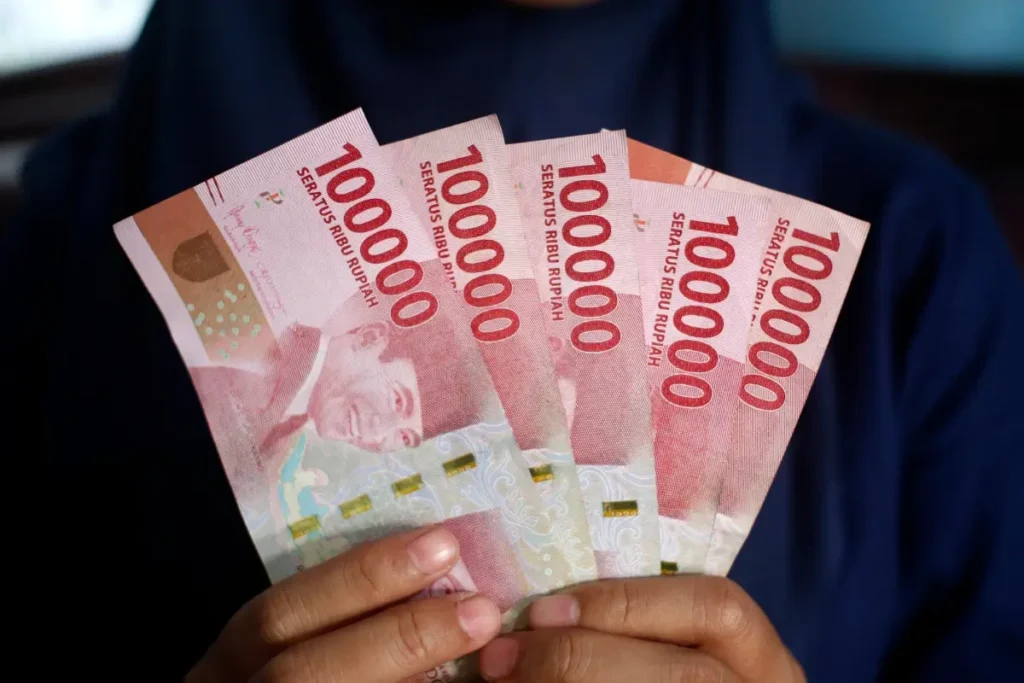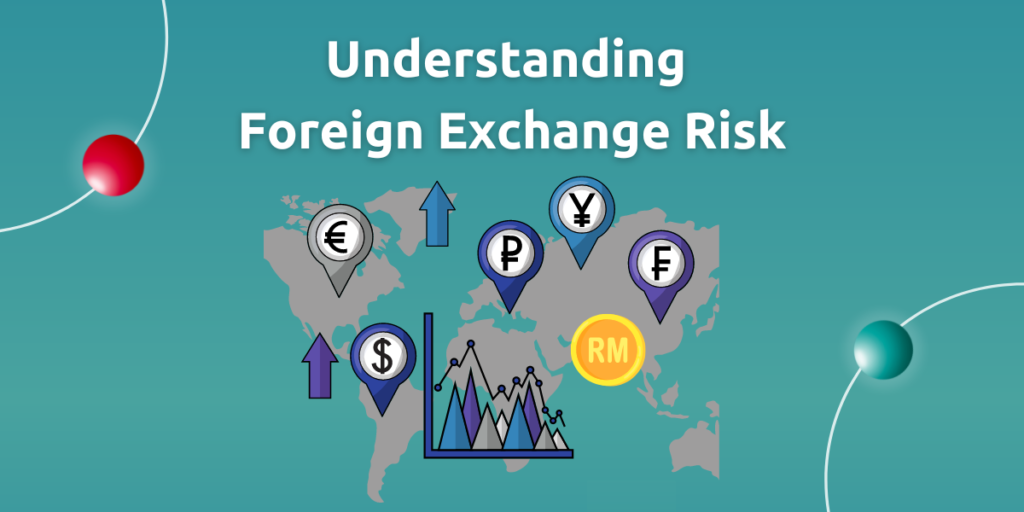Rupiah Forecast 2025: Learn How to Track, Interpret, and React to Currency Trends
November 17, 2024

Step 1: Grasp the Basics of the Rupiah Forecast 2025
To begin interpreting the Rupiah Forecast 2025, it’s essential to understand what a currency forecast actually represents. It is not a prediction in the traditional sense, but rather a reasoned outlook based on trends in inflation, trade, interest rates, and investor sentiment. For the Indonesian Rupiah (IDR), forecasting its performance in 2025 involves analyzing both domestic factors — like GDP growth or Bank Indonesia’s monetary stance — and external forces such as the strength of the U.S. dollar and global market stability. Forecasts evolve over time, but they offer a helpful roadmap for understanding the direction and drivers of currency movement.
Step 2: Learn Why Global Trends Matter for the Rupiah
No currency exists in a vacuum — and the Rupiah forecast 2025 is no exception. One of the most influential external factors is U.S. monetary policy. If the Federal Reserve keeps interest rates high to fight inflation, global investors may favor U.S. dollar assets, weakening demand for emerging market currencies like the IDR. The global growth outlook also matters. Weak global demand could affect Indonesian exports, putting pressure on the country’s trade surplus. Moreover, energy prices — especially oil — impact both inflation and fiscal policy in Indonesia. Global political uncertainty can also trigger flight-to-safety behavior, where investors rush into the dollar and leave currencies like the Rupiah behind.
Step 3: Follow Key Indicators That Impact Currency Strength

Source: Coincodex
To make sense of the IDR/USD forecast 2025, keep a close eye on key indicators. The consumer price index (CPI) and core inflation give insights into purchasing power, while trade balance reports reveal whether Indonesia is earning more from exports than it spends on imports. Also watch Bank Indonesia’s interest rate decisions and comments — these signal how the central bank is managing the Rupiah in response to inflation or currency volatility. Foreign exchange reserves are another critical factor, showing the country’s capacity to defend the Rupiah in times of stress. By following these data points, readers can better judge if the IDR is on stable ground or heading toward turbulence.
Step 4: Rupiah Forecast 2025- Understand the Role of Bank Indonesia

Source: ADCOLAW
When tracking the Rupiah forecast, Bank Indonesia plays a crucial stabilizing role. Its main tools include interest rate adjustments, direct currency market intervention, and macroprudential policies. The central bank often acts not to fix the Rupiah to a certain level, but to prevent sharp, destabilizing movements. In 2025, its actions are especially important as Indonesia navigates slowing global growth and uneven investor appetite. Whether the bank takes a hawkish stance to defend the currency or adopts a more flexible approach to support growth will influence both short-term market sentiment and longer-term currency stability. How clearly and consistently Bank Indonesia communicates will also matter to foreign investors.
Step 5: Rupiah Forecast 2025- Compare Indonesia’s Currency with Its Peers
Context is key. Looking at the emerging market currencies outlook 2025, the Rupiah performs moderately well compared to peers. Unlike countries facing high inflation or political upheaval, Indonesia benefits from economic discipline and relative policy consistency. However, the IDR is still considered part of the broader EM risk basket. This means it can be affected by investor flows even if domestic fundamentals are solid. For instance, if a crisis in another emerging market region causes global investors to pull out broadly, the Rupiah could face indirect fallout. Watching how other EM currencies behave can offer insights into potential shifts in the IDR’s trajectory.
Step 6: Translate Forecasts Into Actionable Strategy

Source: KENANGA
The value of any Rupiah forecast 2025 lies in how it’s used. For businesses, a weakening IDR could raise costs on imported goods, while a strengthening Rupiah might reduce export competitiveness. Businesses can use hedging tools or adjust supplier contracts to manage currency risk. For investors, IDR movement affects returns on Indonesian equities, bonds, and currency instruments. Some may prefer to reduce exposure during volatility, while others may see dips as buying opportunities. Currency forecasting is not about guessing the future — it’s about preparing for it. Using forecasts to guide planning and stress-testing assumptions can help mitigate surprises in 2025.
Step 7: Be Flexible — Currency Forecasts Can Shift Fast
The final step in mastering the Rupiah forecast is to recognize that outlooks change — sometimes quickly. A surprise interest rate cut, sudden inflation surge, or international crisis can all shift sentiment in hours, not weeks. The best way to stay prepared is by following updated forecasts, not just annual projections. Financial institutions, international reports, and central bank releases provide valuable updates. Rather than relying on static predictions, think in terms of scenario planning: What happens if oil prices spike? What if the U.S. dollar weakens? Having flexible plans based on multiple possible paths will be more useful than expecting a single correct forecast.

